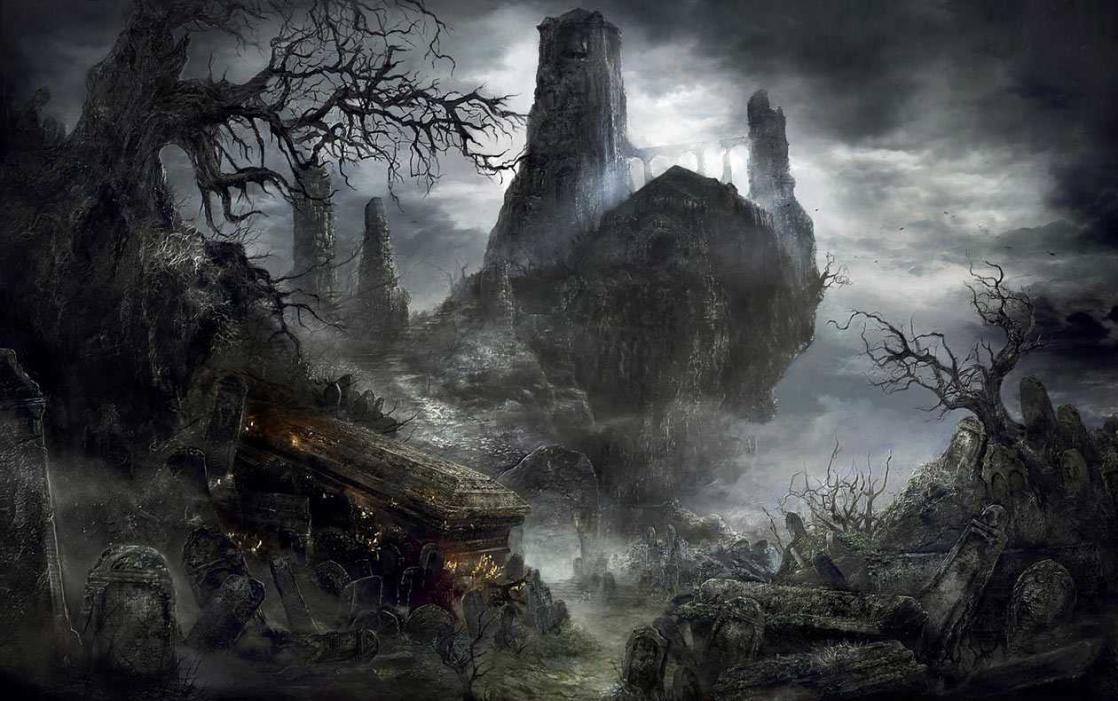Dark Souls: Mysteriously and Sublimely Dark
Upon its release in 2011, Dark Souls positioned itself as an atypical video game, proposing a lush and unusual world; dark, threatening visuals, a singular narrative style and a high difficulty threshold.
A Very Dark World
Dark Souls places players in a very unusual world. While it does contain a few inescapable figures from “classic” fantasy, like knights and dragons, the presence of other specific elements mean that we can categorize it as dark fantasy. A few examples, among many other: the gothic-ruin-strewn settings tend to generate a threateningly gloomy atmosphere; the creatures players face down are often disproportionate, monstrous or deformed; the characters encountered generally turn out to be downcast and disillusioned. In turns oppressive, melancholic and nightmarish, the game’s atmosphere fully expresses the darkness of its world of sublime deliquescence.
Challenging Narration
While Dark Souls’ world is both complex and intriguing, it does seem elusive at first. After the grandiose but particularly evasive opening cutscene (i.e. intro), players are dropped into a hostile world without further ado. At no point in the adventure is anything ever explained explicitly; players have to investigate thoroughly if they want to understand where they are and what’s around them. Reading the descriptions of the weapons and objects they find and conversing with the various characters they run into allow them to gradually find out more about the game’s universe. So Dark Souls’ narration is particularly choppy, and getting a good grasp on it requires a genuine investment on players’ part.
Grueling Experience
That commitment from players is essential not only for understanding the universe, but also for progressing through it. Dark Souls has often been described as an extremely difficult game, one that requires great skill to finish. But it is actually more accurate to say that it is strict, rather than difficult. Granted, death and defeat occur frequently, but they are an integral part of the cycle of failure and success that the game is based on. If players pay attention and learn from their mistakes, they will systematically achieve their goals. So Dark Souls is a grueling experience, but hardly an insurmountable one.
Like such iconic games as Rogue (1980) and Doom (1993), Dark Souls and its sequels – Dark Souls II (2014) and Dark Souls III (2016) – were popular and influential enough to have inspired their own sub-genre, Souls-like, a category for games as diverse as Necropolis (2016), Nioh (2017) and Blasphemous (2019).







